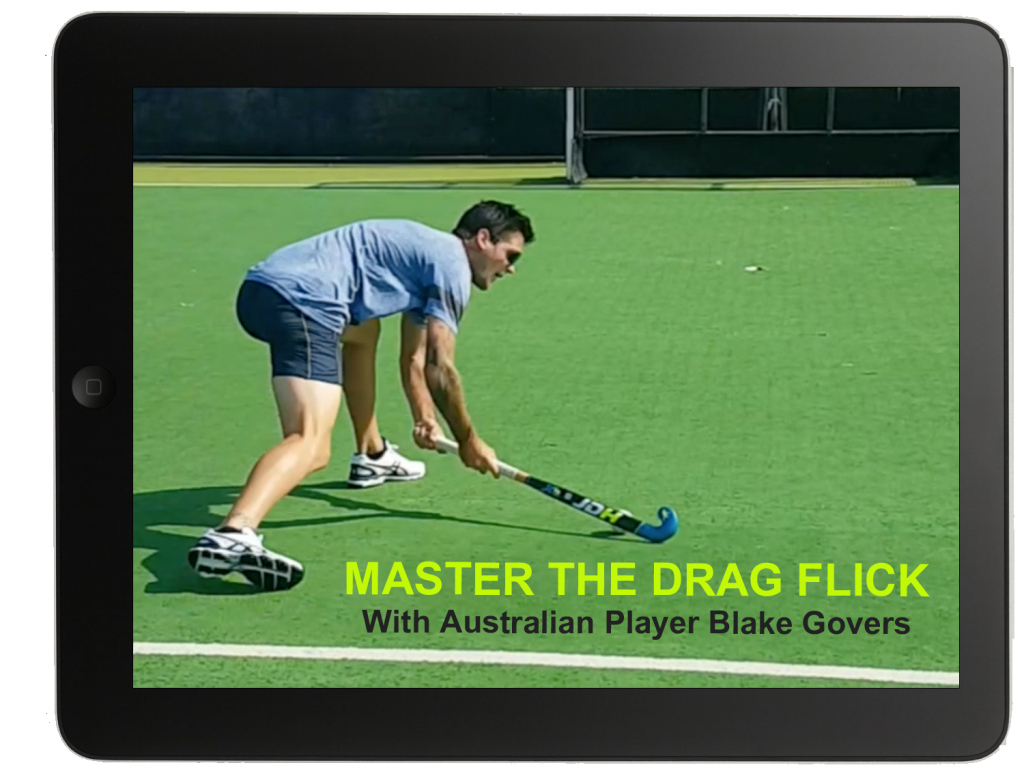5 Common Field Hockey Injuries & How To Reduce Your Risk Of Injury
Hockey players LOVE playing hockey.
Most people play hockey for the sheer enjoyment and love of the sport. So, when you take the privilege of playing hockey away from hockey players, most don’t know what to do with themselves while they are supposed to be resting.
Every single hockey player regrets the day that they get injured… they are soon itching to get back on the field instead of watching their team from the side line.
After my second week back to playing hockey again (after being injured for the last 2 years), I have so far picked up the usual grazed knees, which have closed and re-opened twice already and had a bit of tightness in some muscles that I obviously don’t use often enough. The overall stiffness wasn’t actually too bad because I have been strength training, even though I haven’t had as much time as I would have liked to prepare for this season.
Coming back from a few different injuries over the last couple of years and learning to trust my body again has been tough. The last couple of weeks has reminded me of some of the injuries I have had over the many years as a hockey player.
In fact, I have experienced all of the injuries listed below so I really can relate to any one who has suffered any of these. On the positive side, it does mean however that I now understand a lot of reasons and mistakes that I made many years ago which caused them.
That is why this week, I decided to write about some of the common field hockey injuries and the best ways to reduce your risk of injury.
 1. Ankle sprain
1. Ankle sprain
A sprain is a tear of a ligament and is one of the most common injuries in hockey. It typically occurs when a player rolls the ankle so that the sole of the foot turns inward. It is important to build the strength and prevent the loss of flexibility to avoid re-injury.
2. Knee injury (ACL or cartilage damage)
The anterior cruciate ligament (ACL) is vital in providing stability to the knee joint. It is one of the most severe injuries that a hockey player can get and is caused from a sudden cut/stop or a twisting movement. A completely torn ACL will usually require surgery if you wish to continue playing. Cartilage injuries such as damage in the knee joint is often due to a twisting force at the knee while the foot is firmly placed on the ground, which often occurs when changing direction.
 3. Hamstring strain
3. Hamstring strain
A strain is an injury of a muscle fiber or tendon. The hamstrings are made of the three major muscles in the back of the leg. Hamstring injuries are often caused from short bursts of speed. Full healing can be slow and could take about 6-12 months, which is hard for a lot of people to stay inactive so re-injuries are quite common.
 4. Shin splints
4. Shin splints
Shin splints is pain down the front of the lower legs and are most frequently caused by long runs on hard surfaces, like pavements or concrete.
5. Groin pull
When moving laterally (side to side) a lot of people tend to push off using their inner thigh muscles (groin) which tend to be weaker or less trained muscle group for a lot of people which makes it much easier to cause a strain.
A few ways to reduce your risk of injury:
1. Warming up
…increases blood flow to the muscles, it helps you to be more flexible by increasing your range of movement and prepares your mind and body for exercise.
2. Stretching & Massage
A lot of injuries result from excess muscle tension so make sure you take the time to release tight muscles by regularly stretching, massage and foam rolling. An obvious thing that is often forgotten or ignored.
 3. Gradual progression
3. Gradual progression
Don’t jump into hardcore training if you haven’t been active with that specific type of exercise for some time. Allow your body time to adapt by making regular progressive improvements.
4. Condition your muscles
… to cope with the demand of hockey. Muscle fatigue takes away your protective mechanisms and increases your risk of injury. Make sure you follow a relative hockey specific strength training program to build a good foundation to avoid the common preventable injuries and correct any muscular imbalances you may have.
5. Know your own body
No-one knows your body better than you. Rest when you have been advised to even if you feel like you can play and stop if something doesn’t feel right. There is a difference between pain and discomfort, so learn to manage it and take responsibility for what feels right and what doesn’t. Often hockey players don’t want to feel like a wimp for sitting out, whilst others play on their injury and make it seem worse than it is often for sympathy or to get out of fitness or a certain exercise.
6. Be patient
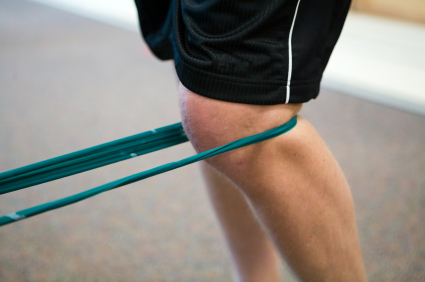
7. Turn your weakness into a strength
Don’t just do the boring rehab exercises for the first week or until everything feels ok and the physio is no longer nagging you. Remember that once you have been injured, that injury is more likely to re-surface later so try to turn your weakness into a strength by continuing to strengthen that weakness even after you think you should.
If you would like more specific and personalised advice on how you can best prepare and give yourself the best chance at reaching your hockey goals, then click here to request a strategy call with Lauren.
Free 5 Part Video Series - 'Unlock Your Hockey Potential'
Let us know where would you like us to send the info
We value your privacy and don't share your details
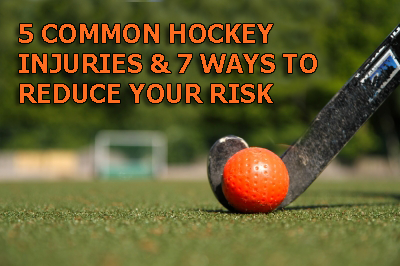
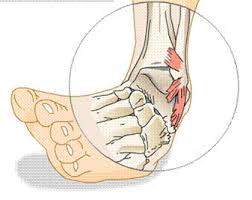 1. Ankle sprain
1. Ankle sprain 3. Hamstring strain
3. Hamstring strain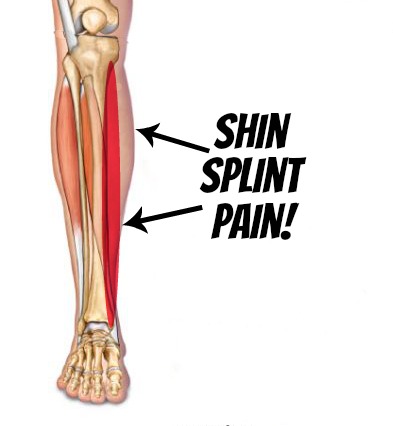 4. Shin splints
4. Shin splints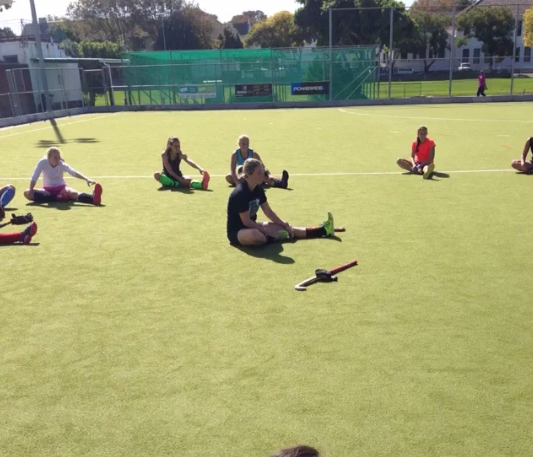 3. Gradual progression
3. Gradual progression 






